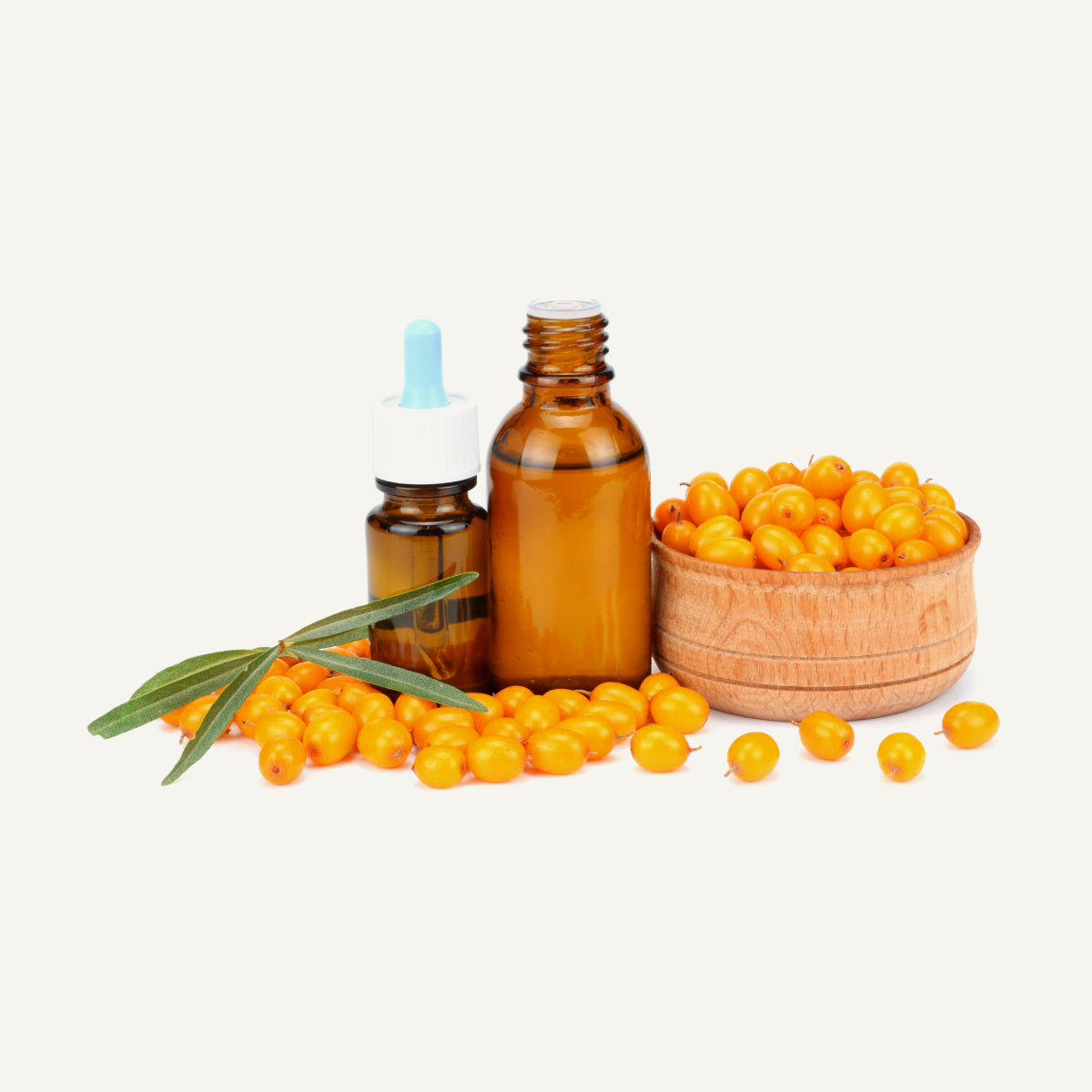Hippaophae Rhammnoides – Sea Buckthorn

Other names: Espino Falso, Oblebicha, Olivella Spinosa, Sallow Thorn, Duindoorn, Seabuckthorn.
Description: Sea buckthorn is a deciduous winter-hardy shrub with yellow to orange 6 to 8 mm small berries, which remain on the shrubs throughout the winter. Sea buckthorn reaches 2 to 5 m in height. The sea buckthorn leaves are alternate and narrow and are silver-grey colored. The small, yellow flowers appear in spring before leaves. Both male and female sea buckthorn plants are needed for fruit production.
Sea buckthorn is used for land reclamation and to prevent soil erosion because of its extensive root system and its ability to fix nitrogen and other nutrients.
Parts used:
The juice of the berries can be used to make juice but all parts (bark, leaves, fruits, seeds) can be used for the production of pharmaceuticals. Sea buckthorn oil is produced from the fruits and seeds.
Phytochemicals:
Flavonoids, Carotenoids, Phytosterols.
Medicinal properties:
Sea buckthorn is most frequently used for the treatment of diseases of skin and digestive tract. The most important properties of sea buckthorn anti-inflammatory, anti-microbiological, pain relief and the promotion of tissue regeneration. Sea buckthorn oil is also used to treat vaginal mucositis, cervical erosion, radiation damage, burn, ulcers, skin damage and mucositis.
Other facts:
The berries have very high levels of vitamin A and other carotenoids, vitamin C, vitamin E and flavonoids. The vitamin C level of 3600 ppm is about 10 times higher than that of oranges. The seabuckthorn berries are also rich in vitamins B1, B2, K and P.
Because of sea buckthorn is thorny in nature, it is becoming popular for planting to deter trespassing animals and people.
